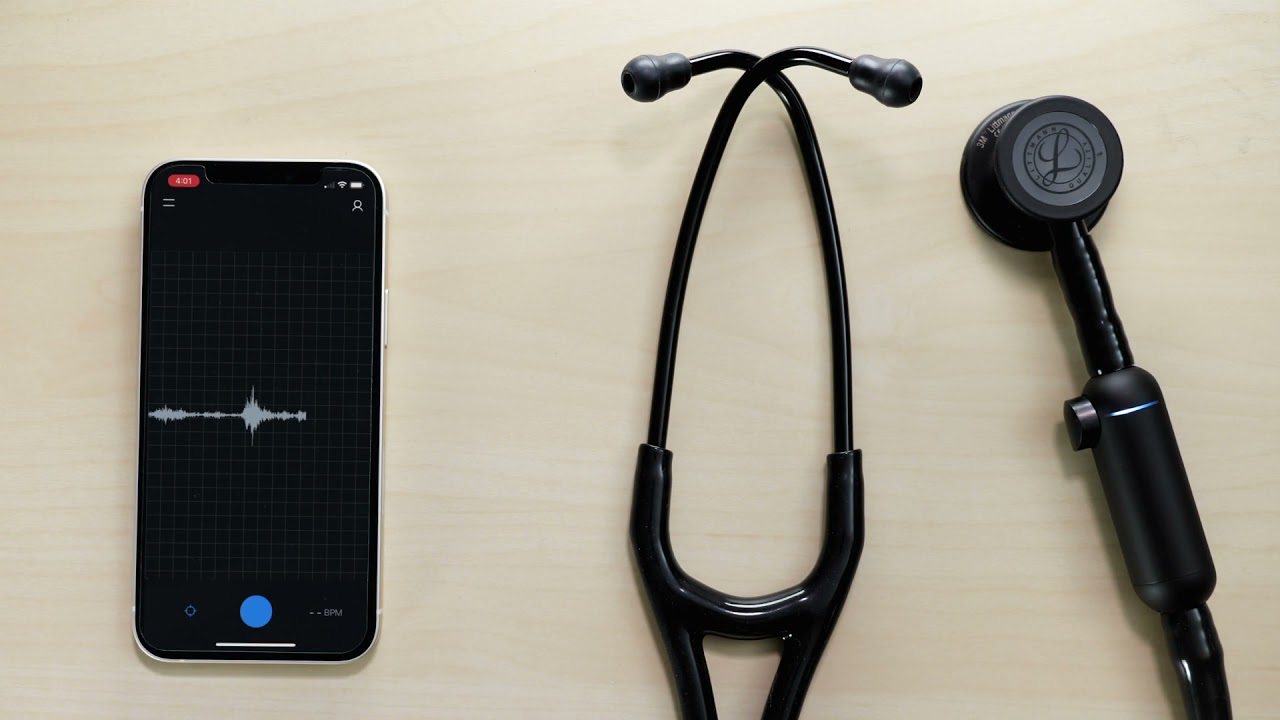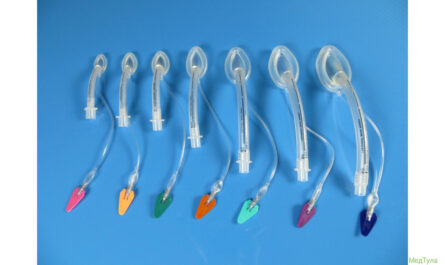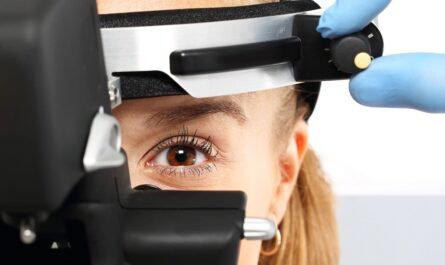How Digital Stethoscopes Work
Digital stethoscopes work by converting the heart and lung sounds detected by the chest piece into digital sound files. Inside the chest piece is a sensor that picks up the vibrations from organs inside the body. The sensor then converts those vibrations into an electrical signal. This electrical signal is sent to a small computer processor located either in the earpieces or in a separate device that is clipped to the patient or doctor. The processor then analyzes and converts the signal into a digital sound file.
The digital sound file is transmitted either wirelessly via Bluetooth to a smartphone, tablet or computer, or through a USB or audio jack connection. This allows the sounds to be amplified, filtered, stored and shared more easily than with traditional analog stethoscopes. The volume can be increased without additional noise or artifact. Specific frequency ranges can also be filtered to better hear things like heart murmurs or lung abnormalities.
Benefits of Amplification and Noise Cancellation
One key benefit of Digital Stethoscope is their ability to amplify sounds much more than traditional models. This allows practitioners to hear subtle abnormalities that may otherwise be missed. Faint signals can be boosted to better identify things like internal bleeds, fluid in the lungs and changes in heart rate or rhythm.
Digital stethoscopes also incorporate active noise cancellation technology. Multiple microphones isolate and cancel out ambient background sounds to reducenoise interference. This provides clearer audio of heart and lung sounds even in noisy clinical environments. Practitioners no longer have to search for a quiet room to properly assess patients.
Recording and Documentation Capabilities
Another major advantage of digital stethoscopes is recording capability. Sounds detected can be recorded as waveforms or audio files and archived for future reference. This allows doctors to review patient histories more easily and play back prior examinations for comparison. Recordings can also be shared securely between practitioners to get second opinions or allow for remote consultations and telehealth applications.
Recordings provide objective documentation that is helpful for tracking patient progress and responses to treatment over time. They reduce reliance on clinical notes alone which are subjective and can miss subtle changes. Audio files also allow trainees and medical students to review examinations later for learning purposes. This amplifies the educational value of each patient encounter.
Telemedicine and Remote Diagnosis Applications
As telehealth grows in importance, digital stethoscope recordings open up remote diagnosis possibilities. Recordings can be uploaded and transferred electronically to another location for evaluation by a specialist. This avoids the need for repeat in-person visits and reduce delays in advanced care.
For example, a rural primary care practice could record heart and lung examinations and send files to a cardiologist hundreds of miles away for interpretation and treatment advice. In emergencies, a paramedic in the field could capture and send sound files to an EMS physician for rapid triage decisions. These telehealth uses help expand access to specialty care wherever patients live.
Wireless Connectivity and App-Based Tools
Modern digital stethoscopes leverage wireless Bluetooth connectivity. Sounds can be streamed in real-time to a paired mobile device for second opinions, demonstration or recordkeeping. Clinicians are no longer tethered to patients by wires or limited by localized recordings.
Many models integrate with companion smartphone apps for added functionality. Apps allow simple recording, file management and playlist creation capabilities. More advanced apps provide interactive tools like sound visualization, magnification and annotation. Artificial intelligence (AI) algorithms can even analyze recordings for potential diagnoses.
A Growing Evidence Base
As digital stethoscope use increases in clinical practice, more research is emerging on their diagnostic value compared to traditional models. Several published studies have found digitally recorded heart and lung sounds detected abnormalities traditional auscultation may miss.
One study of 474 patients found digital stethoscope recordings identified 16% more abnormal lung findings than analog auscultation alone. Another showed digitization detected 13 additional cardiac abnormalities in 100 patient recordings that were not auscultated.
Larger validation studies continue to evaluate specific devices and software against imaging modalities like echocardiograms and chest x-rays. Overall the evidence suggests digitization improves diagnostic sensitivity and reliability when incorporated into routine physical exams, especially when recordings can be reviewed later or shared for third opinions.
Cost Effectiveness in the Long Run
While digital stethoscopes carry a higher upfront device cost compared to $25 analog models, the long-term cost benefits are compelling. Features like recording, app integration, telehealth capabilities, amplification and noise cancellation eliminate repeat office visits and unnecessary tests.
Productivity is also increased as recordings allow examinations to be reviewed anywhere at any time versus finding patients again. Training new medical staff likewise becomes more efficient as examinations can be shared without the patient present.
Over years of clinical use, digital models pay for themselves through reduced healthcare expenditures on unnecessary testing, repeat visits and staff time spent re-examining patients for comparisons. As the evidence base grows demonstrating their diagnostic value, digital stethoscopes are transforming pulmonology, cardiology and general physical exams.
*Note:
1. Source: Coherent Market Insights, Public sources, Desk research
2. We have leveraged AI tools to mine information and compile it.




